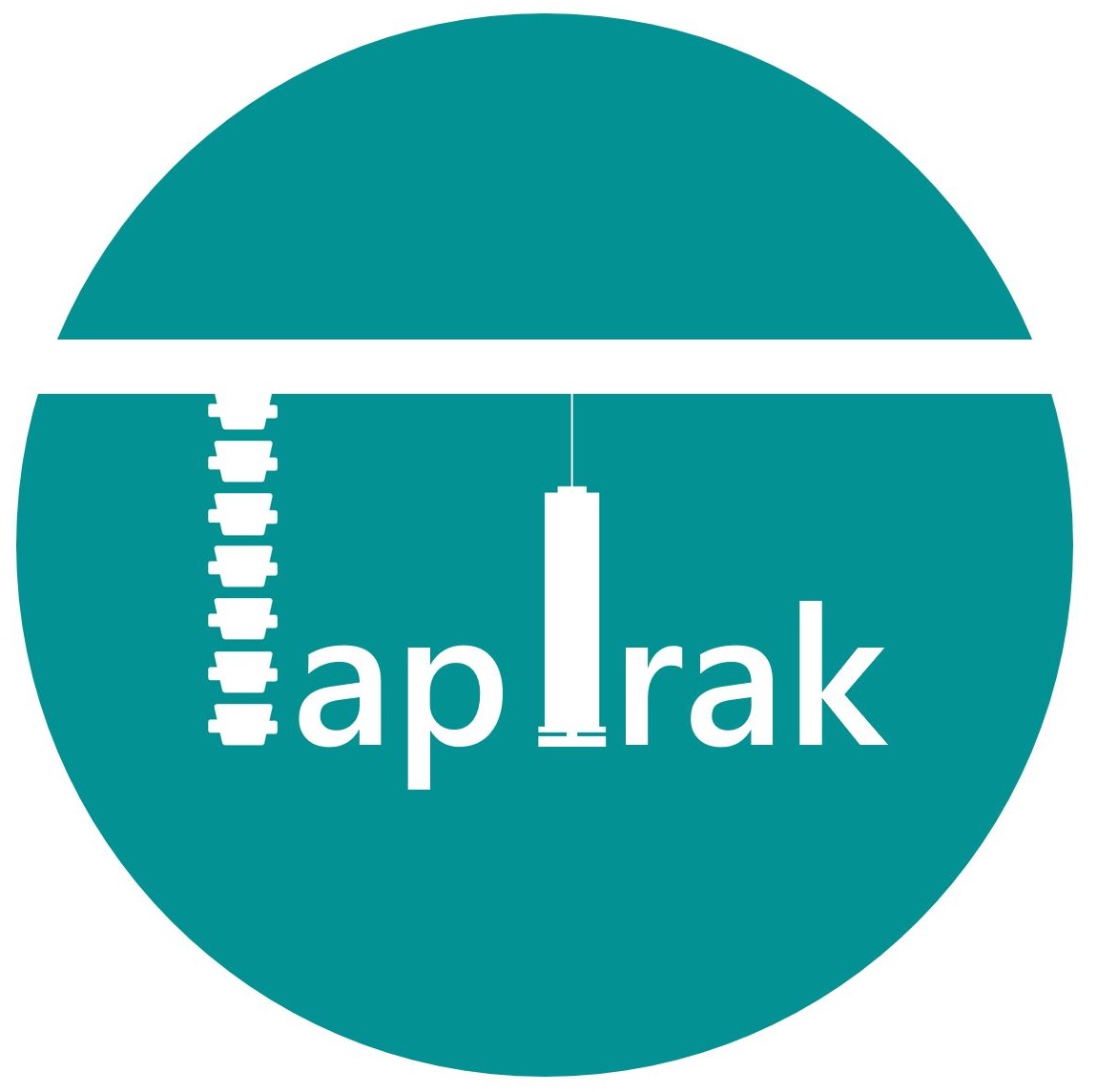
Physician can monitor trajectory of the needle in 3D space and is alerted when a mistake is made.
Multiple spinal blocks allow for physicians to be trained on abnormal anatomy.
Cuztomize features to specific skill-levels
An array of visualizations, statistics and video replay provides in-depth analysis of the procedure.
The physician selects the type of spine and inserts this into the main manikin frame to begin the procedure.
As the needle propagates through the skin, the physician is able to see the trajectory of the needle on screen.
If something goes wrong, the physician will be alerted, and allowed to try again.
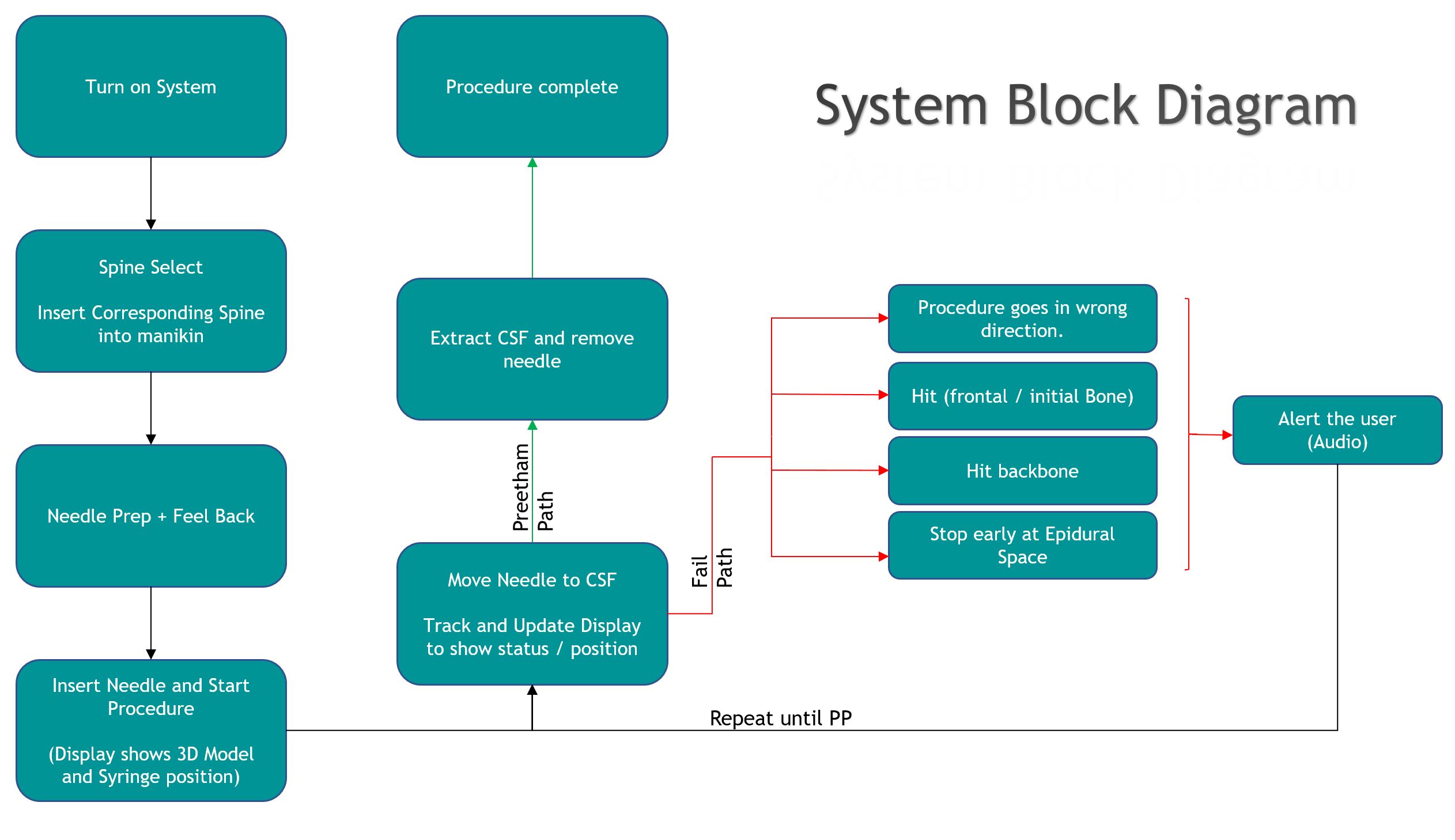
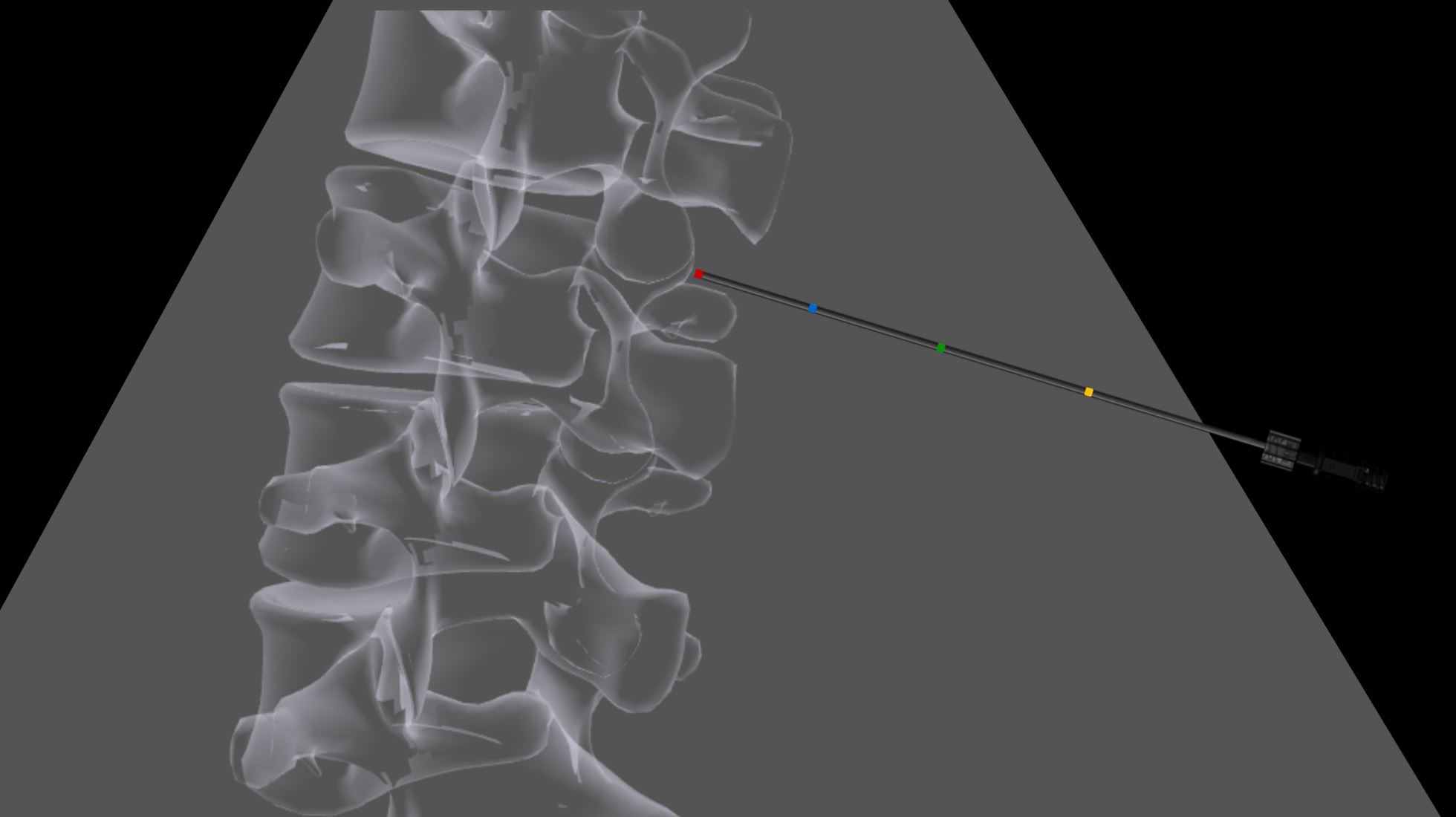
For tracking, the needle will be painted black, with bright spots placed along its length. In the dark, the light source helps the camera identify the position of these spots, that can be used to display the needle trajectory, overlayed on the digital reconstruction of the spinal insert. The system will alert the physician when a fault is encountered. This could include an optional audio alert.
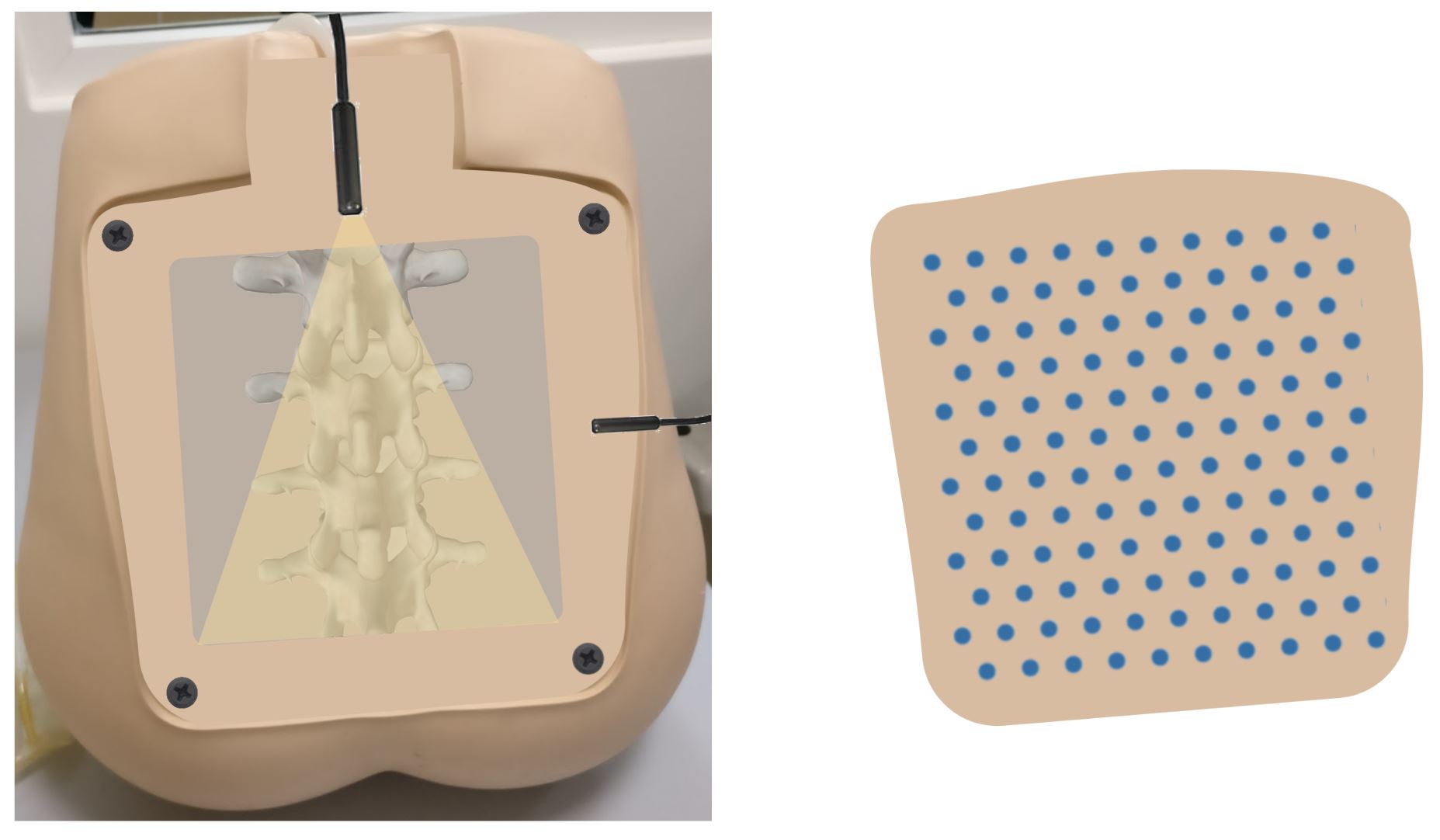
Two cameras(Top and Right) and a light source surrounding the spinal insert are mounted on the current manikin. The back mesh is embedded with piezoelectric sensors which will indicate the starting position of the needle.
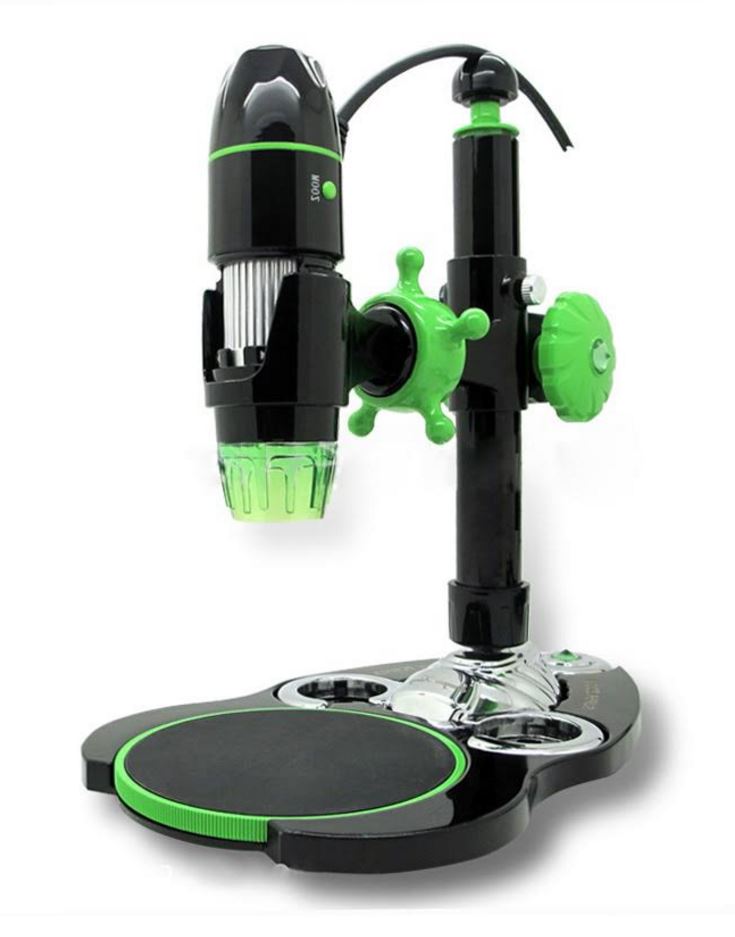
The Amscope has a built-in light source with eight LEDs to illuminate the spinal region of the manikin. The microscope has a CMOS color sensor, and operates on USB power. The image capture and editing software provides still image and live video capture and editing capability.
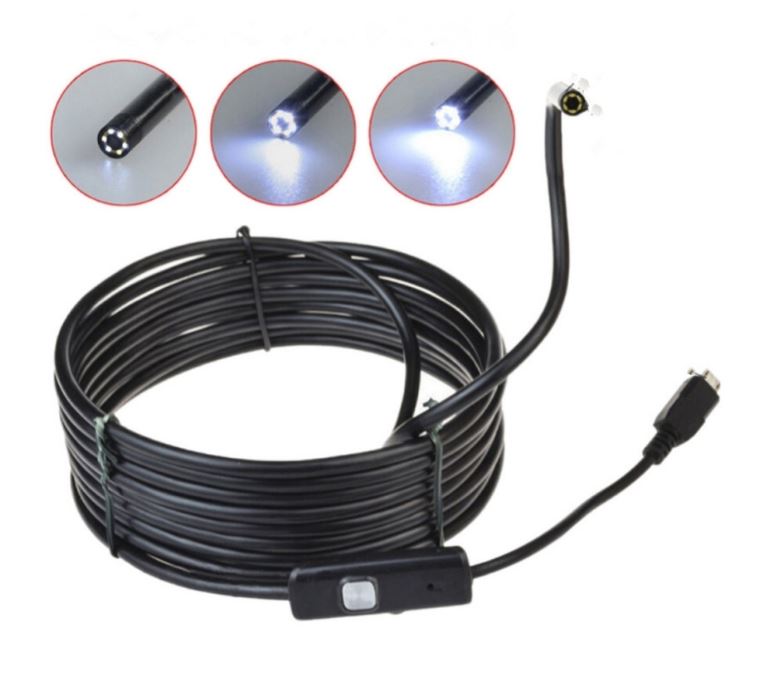
The Android Snake Video Borescope is a highly portable industrial videoscope that connects to a smartphone. And it is built with six adjustable LED lights for illumination.
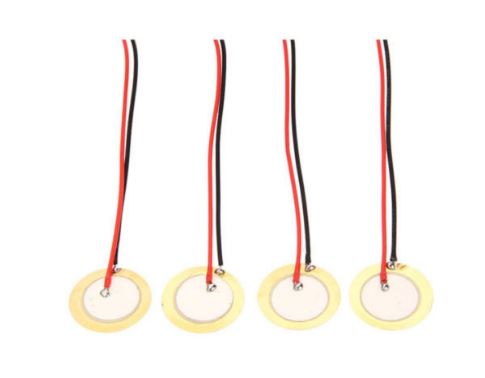
To allow the detection of the needle on the surface of the skin.
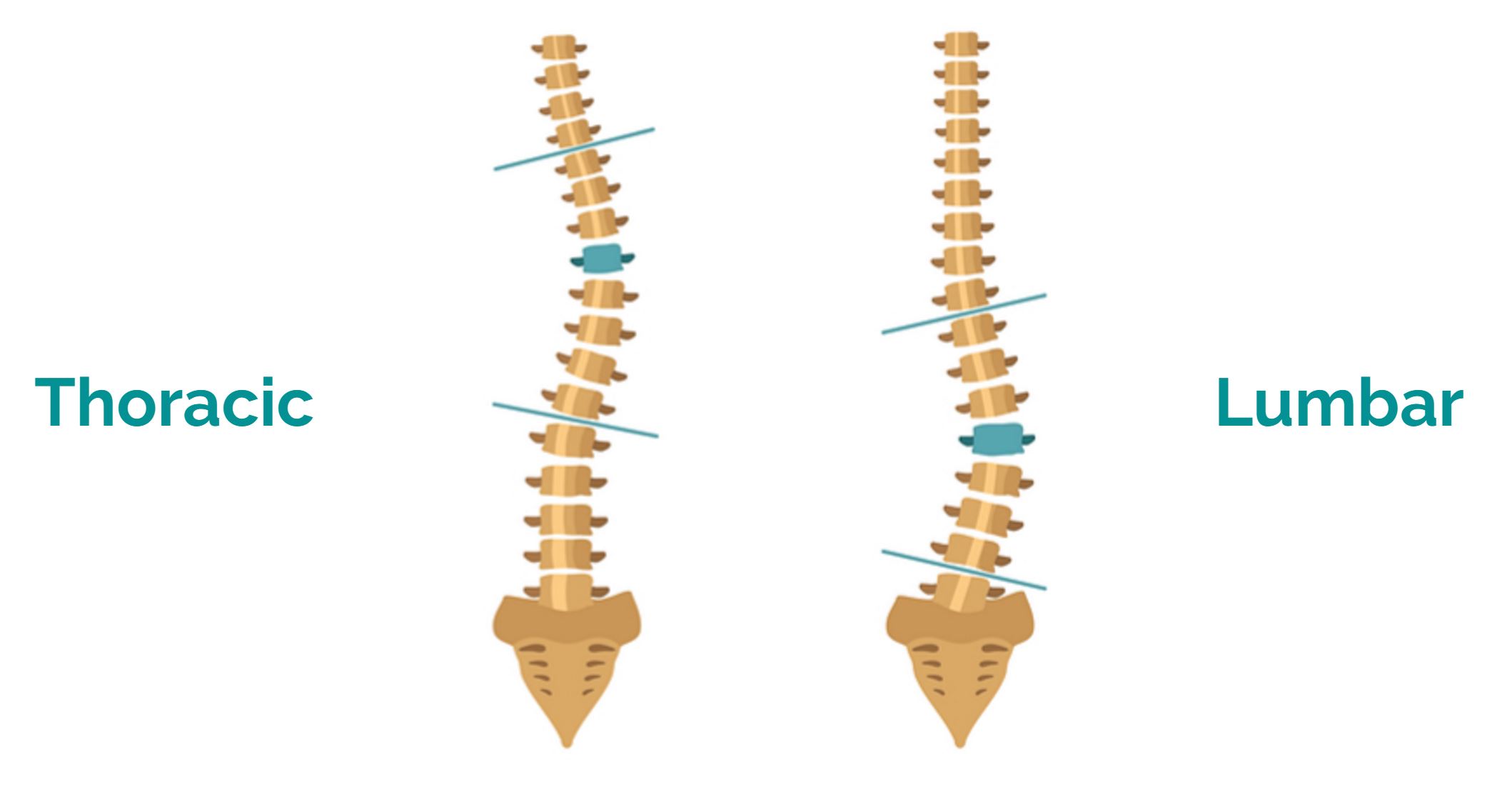
A diverse array of inserts are included to accommodate abnormal anatomies of the spine. These inserts would have a 3D-printed bone structure embedded in a transparent gel block. Each insert would have a corresponding digital persona that would be used to provide visual feedback to the physician.
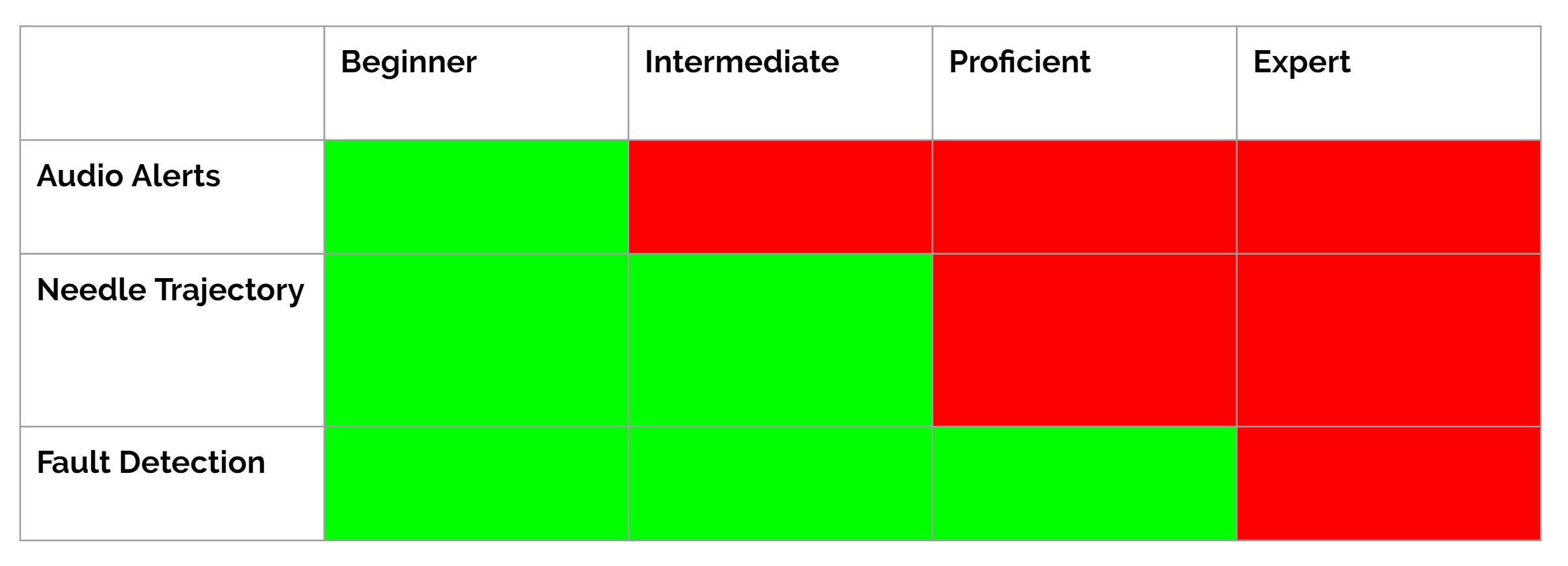
Different training modules provide varying levels of educational training aid can be built based on the skill-level of the physician. This allows for a gamified experience. For example, a beginner will be provided with audio prompts and detailed statistics as they deviate from the correct path while an expert would only get the same after multiple failed attempts.
It is our expectation that this feature helps engage the physicians and makes the learning process a more effective one.
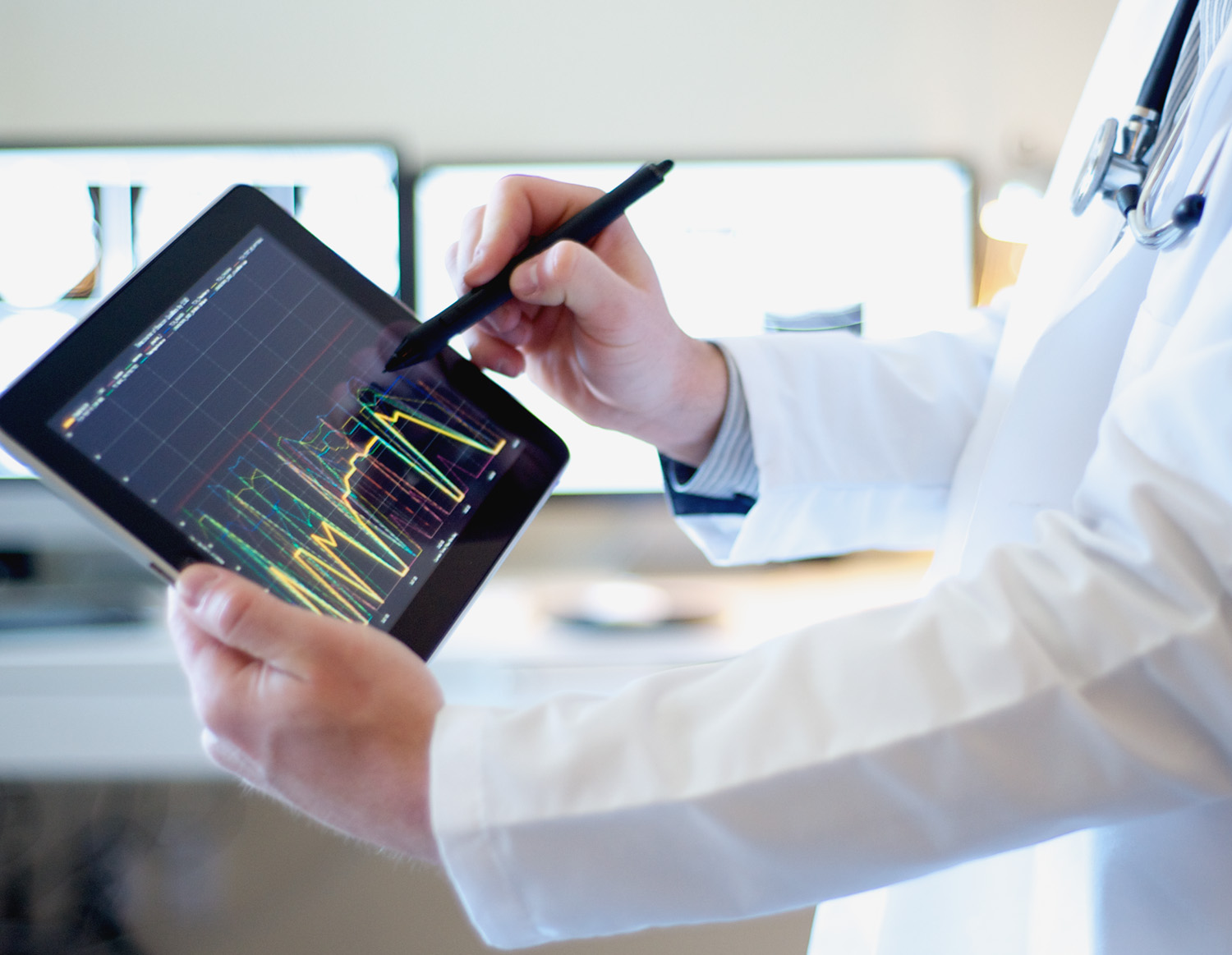
Physicians will be provided with feedback both during the training and after.
Physicians can choose to view and learn from:
Video replay of the procedure.
Statistics indicating speed, direction, and number of failures.
Visualizations based on their training trends.